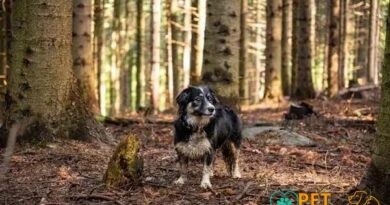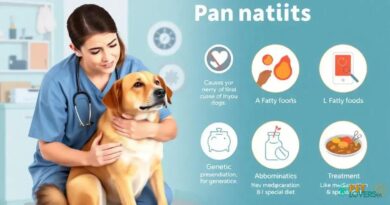What is Yard safety
What is Yard Safety?
Yard safety refers to the practices and precautions taken to ensure a safe environment for pets, particularly dogs, in outdoor spaces. This encompasses a variety of factors, including the physical layout of the yard, the presence of hazards, and the overall maintenance of the area. Understanding yard safety is crucial for dog owners who want to provide a secure and enjoyable space for their furry friends to play and explore.
Importance of Fencing
One of the primary components of yard safety is having a secure fence. A well-constructed fence prevents dogs from escaping and protects them from potential dangers outside, such as traffic or aggressive animals. The height and material of the fence should be appropriate for the size and breed of the dog, ensuring that they cannot jump over or dig under it. Regular inspections for wear and tear are essential to maintain its integrity.
Hazardous Plants and Chemicals
Many common plants and chemicals can be toxic to dogs, making it vital to identify and remove these hazards from your yard. For instance, plants like azaleas, oleander, and sago palms are known to be harmful to pets. Additionally, lawn care products, fertilizers, and pesticides can pose serious health risks. Always opt for pet-safe alternatives and educate yourself on which plants are safe for your canine companions.
Water Features and Pools
If your yard includes a pool or water feature, ensuring safety around these areas is crucial. Dogs can easily slip and fall into pools, leading to drowning or injury. Installing a fence around the pool and providing ramps or steps can help dogs exit safely if they fall in. Additionally, always supervise your dog when they are near water to prevent accidents.
Outdoor Furniture and Equipment
Yard safety also involves being mindful of outdoor furniture and equipment. Sharp edges, heavy objects, and tools left lying around can pose risks to dogs. Ensure that any outdoor furniture is stable and free from sharp edges. Store tools and equipment in a secure area to prevent your dog from accessing them, which could lead to injury or ingestion of harmful items.
Temperature Considerations
Extreme temperatures can be dangerous for dogs, so it’s important to consider yard safety in relation to weather conditions. Provide shaded areas for your dog to escape the heat, and ensure they have access to fresh water at all times. During colder months, consider providing shelter or a warm area where your dog can retreat from the cold. Monitoring your dog’s comfort level in varying temperatures is essential for their well-being.
Supervision and Interaction
Even in a safe yard, supervision is key to ensuring your dog’s safety. Regularly check on your dog while they are outside, especially if they are playing with other animals. Interacting with your dog during outdoor playtime not only strengthens your bond but also allows you to monitor their behavior and prevent any potential issues that may arise.
Secure Trash and Recycling Bins
Dogs are naturally curious and may rummage through trash or recycling bins, which can lead to ingestion of harmful substances. To enhance yard safety, ensure that all waste containers are securely closed and out of reach. Consider using bins with locking lids or storing them in a garage or shed to prevent your dog from accessing them.
Regular Maintenance and Inspections
Maintaining a safe yard requires regular inspections and upkeep. Check for any potential hazards, such as broken glass, sharp objects, or holes in the ground that could pose a risk to your dog. Keeping the yard clean and well-maintained not only enhances safety but also creates a more enjoyable environment for both you and your pet.
Training and Commands
Finally, training your dog to respond to commands can significantly improve yard safety. Teaching commands such as “stay,” “come,” and “leave it” can help you manage your dog’s behavior while they are outside. Consistent training reinforces good habits and ensures that your dog understands the boundaries of their outdoor space, contributing to a safer yard environment.




